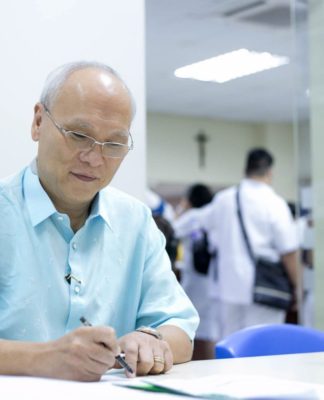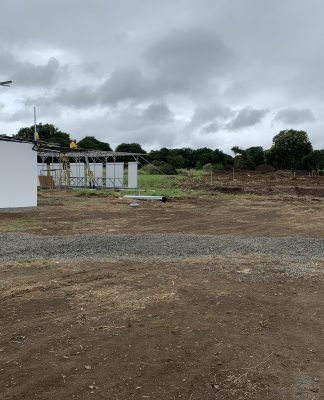 I GREW up in the north. When my friends here in the capital ask me what beautiful places our province could boast of, I would say, besides the old, magnificent Baroque churches, the beaches just a short drive away.
I GREW up in the north. When my friends here in the capital ask me what beautiful places our province could boast of, I would say, besides the old, magnificent Baroque churches, the beaches just a short drive away.
Boracay may have its pristine white beaches. But the shores of Ilocos have black sand, also called magnetite sand, which is rich in iron and metallic minerals for steelmaking.
Steel is in demand in industrialized countries for the production of equipment, especially in the automotive and construction industries. Such resource can boost the country’s economy.
Recent reports indicate that the illegal extraction of black sand from the beaches of Ilocos Sur is still prevalent despite the protests of the townspeople, the clergy, particularly the Archdiocese of Nueva Segovia, environmental agencies and other concerned groups.
Last June 11, the Mines and Geo sciences Bureau (MGB) issued cease-and-desist orders against the foreign companies involved.
However, Ilocos Sur Collective Action for the Preservation of the Environment (ISCAPE), an environmental group formed by Ilocos residents, said black-sand mining still continues. Citizens groups said they were able to monitor the dump trucks’ movement and the transfer of the operation’s equipment to another location in the north.
The illegal extraction of magnetite sand discreetly began in 2008. Then the irregular business grew, leading to open-mining activities on the beaches and export of the black sand.
Residents have since observed the rise of incidents of land subsidence and coastal erosion due to the illegal mining.
I cannot honestly hide my horror against such picture—large gaps in the shores I used to walk. When I get home again, I want to be able to say, “Intayo man diyay baybay” (which roughly translates to ‘Let us go into the beach’).
But more than my fondness for our beaches, my love for my culture and land, black-sand minining is a threat to the environment.
The Philippine Mining Act of 1995 specifically stated that beaches are “no-go” areas in black-sand mining.
According to the geohazard mapping of MGB, sand mining makes the coastal areas of Ilocos prone to erosion, making them vulnerable in case of sea-level rise and high tidal waves. Thus, the extraction of black sand is not allowed in the region.
ISCAPE claims local officials are playing deaf to the people’s complaints. The group further alleges that the local governments are conniving with the foreign mining companies.
Petitions have been sent to President Aquino to stop the mining, but it seems to no avail. The mining continues.
We have branded the sea west of Ilocos Sur as part of Philippine territory, and yet its shores have already been conquered by foreign companies exploiting the region’s mineral resources.
It is our exclusive right to fully use what is within our jurisdiction to our economic benefits. But local and national officials continue to play footsie with foreign mining companies and risk the destruction of Philippine environment.
Danny Russel, a top US diplomat, spoke against China’s bullying and coercion recently. My hopes that a Filipino politician will stand with the same fervor against the black-sand mining operations in Pangasinan and the Ilocos are probably farfetched.
Ilocanos are said to be known for being kuripot. We should certainly be when it comes to our own territory and natural resources.















